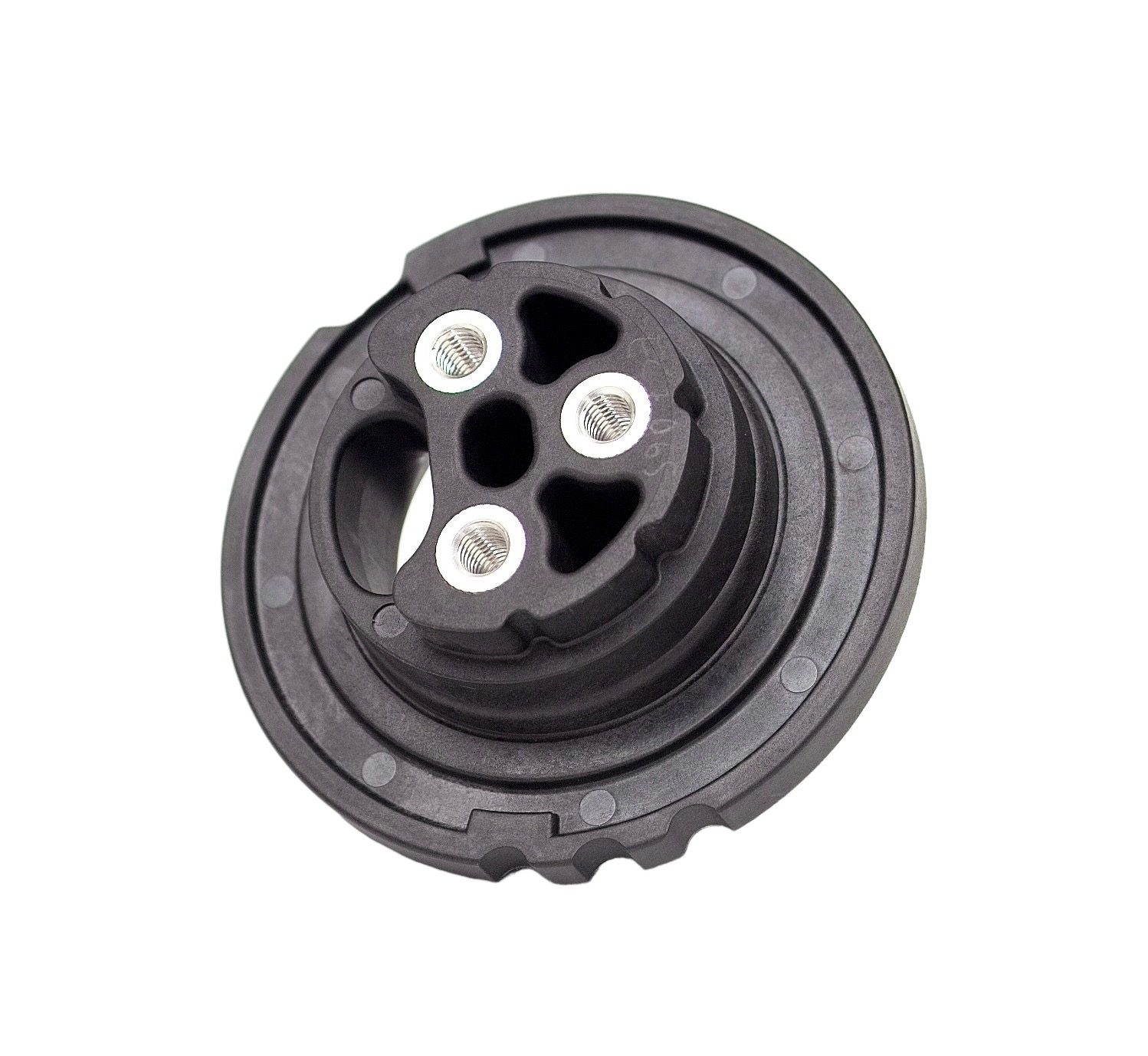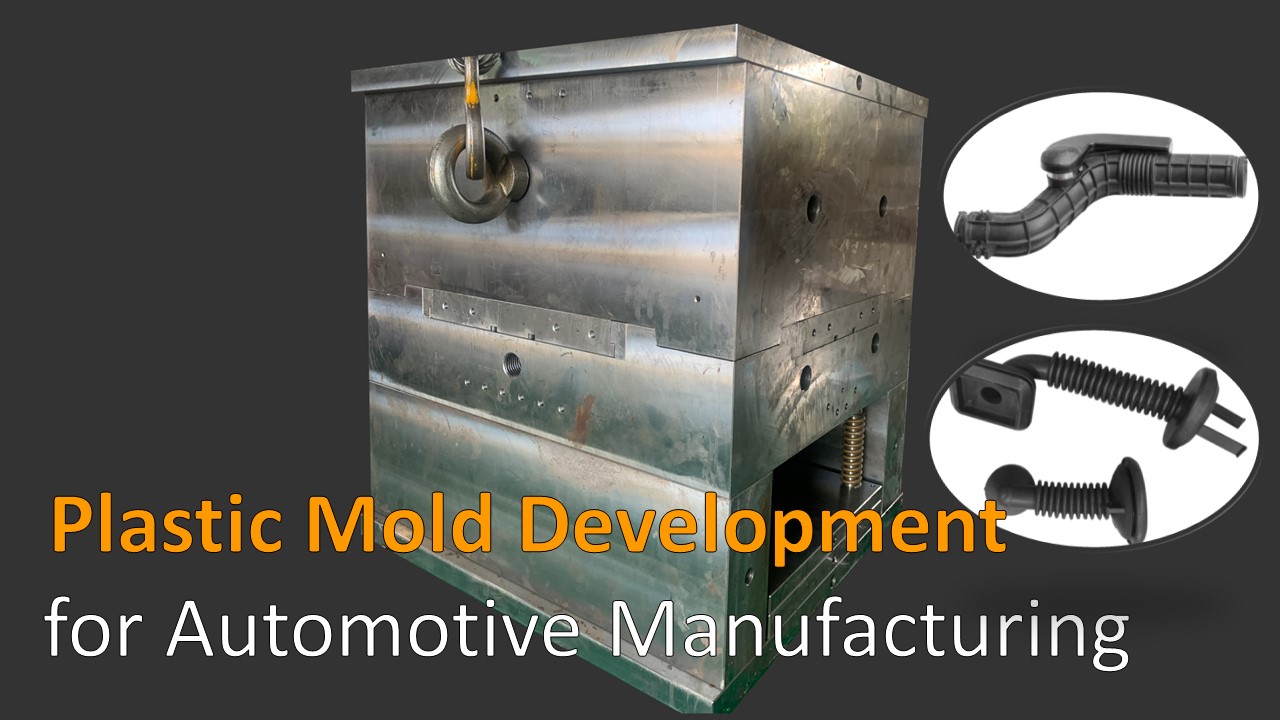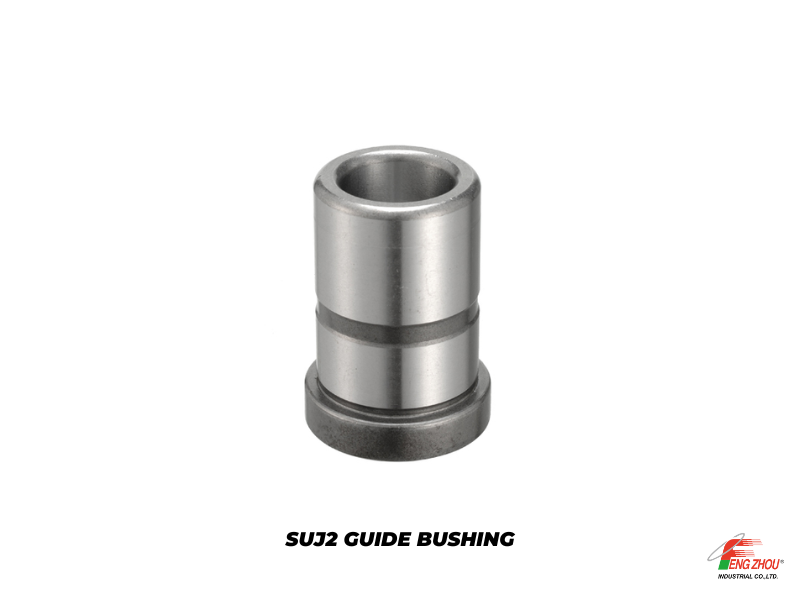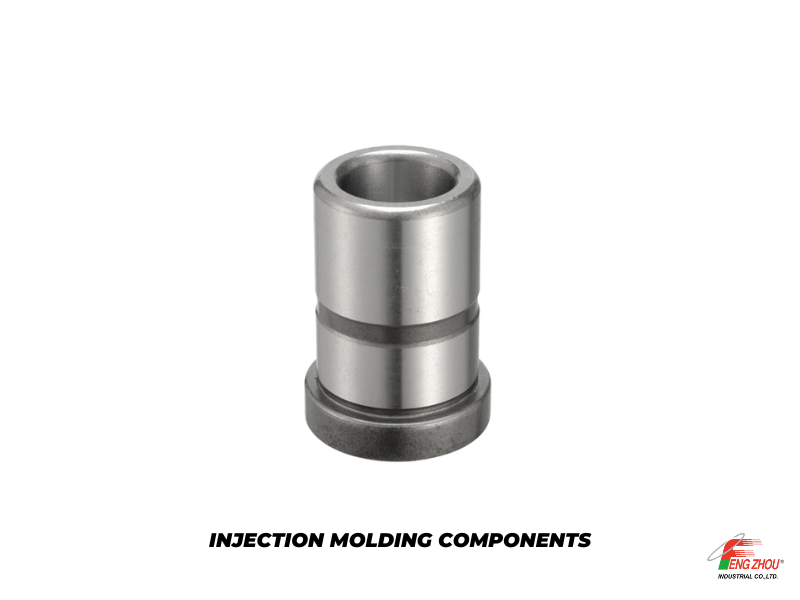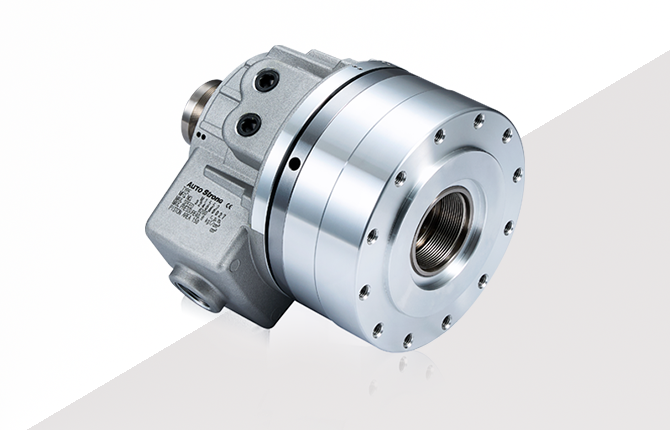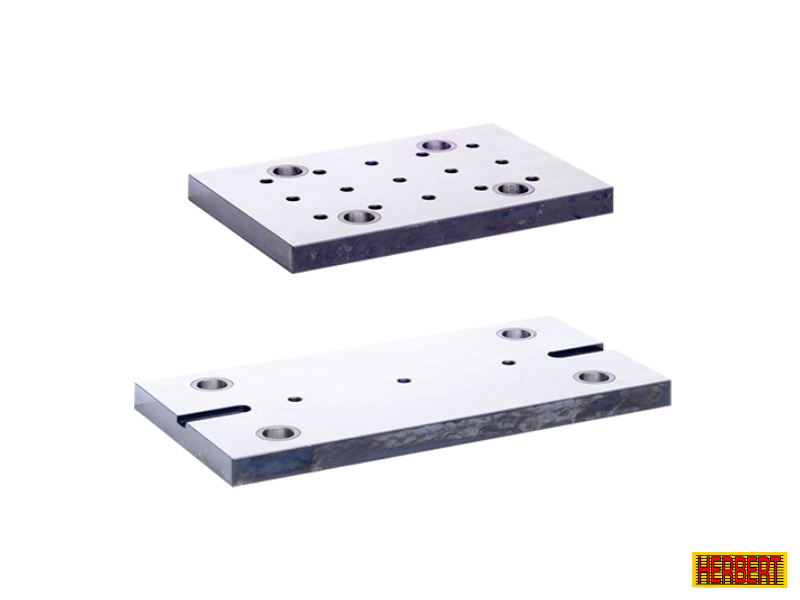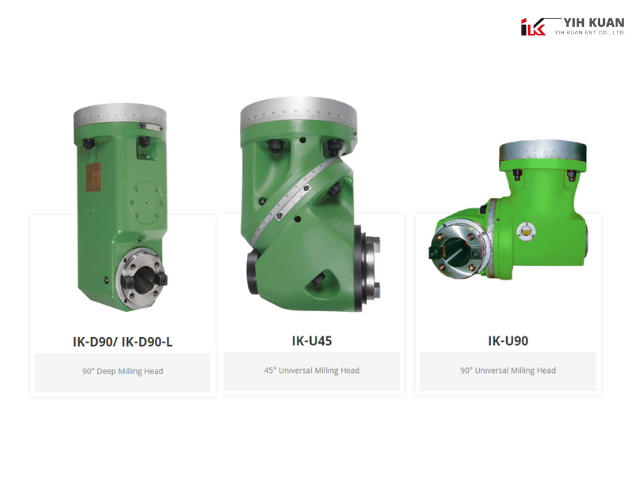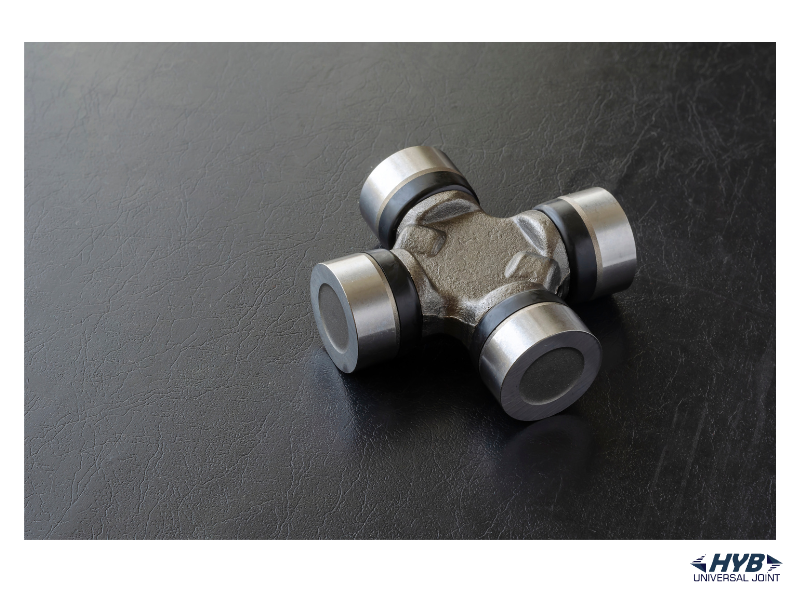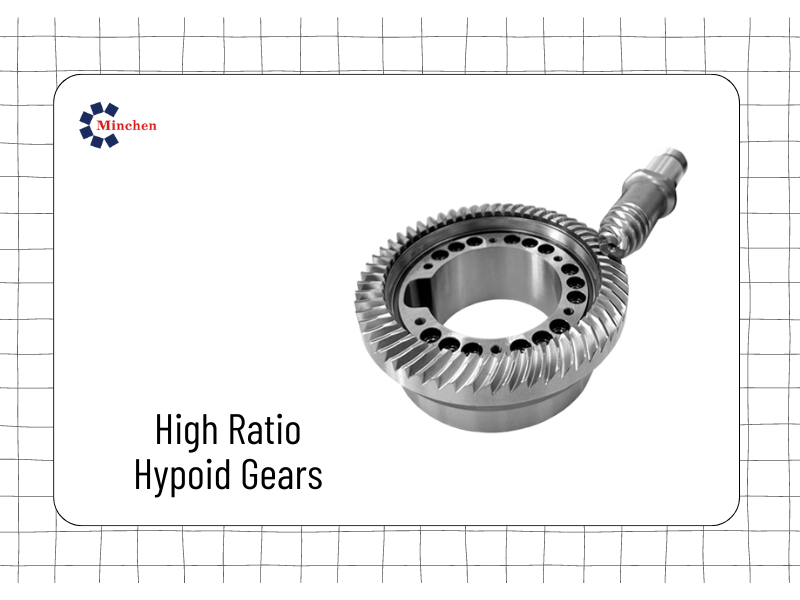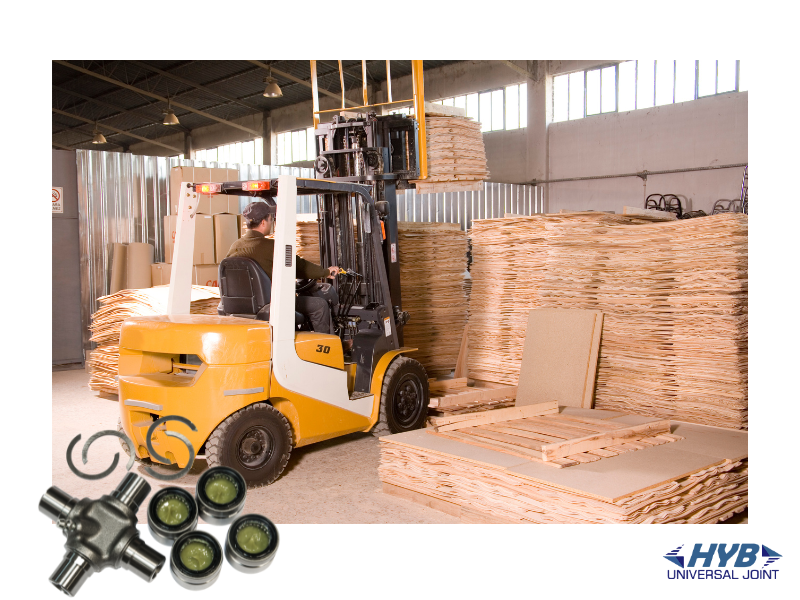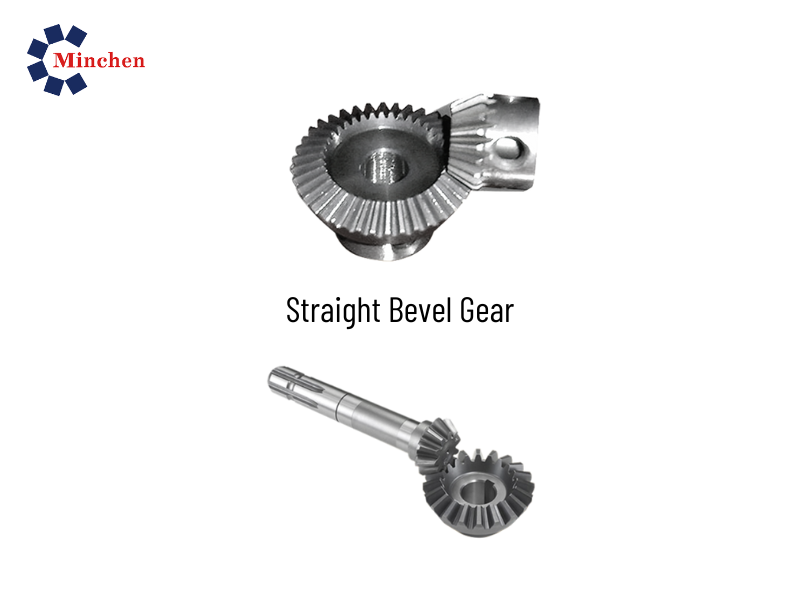How To Make A Mirror Surface Using Sinker EDM
2022-05-05Mould & Die From:OSCAR E.D.M. COMPANY LTD.
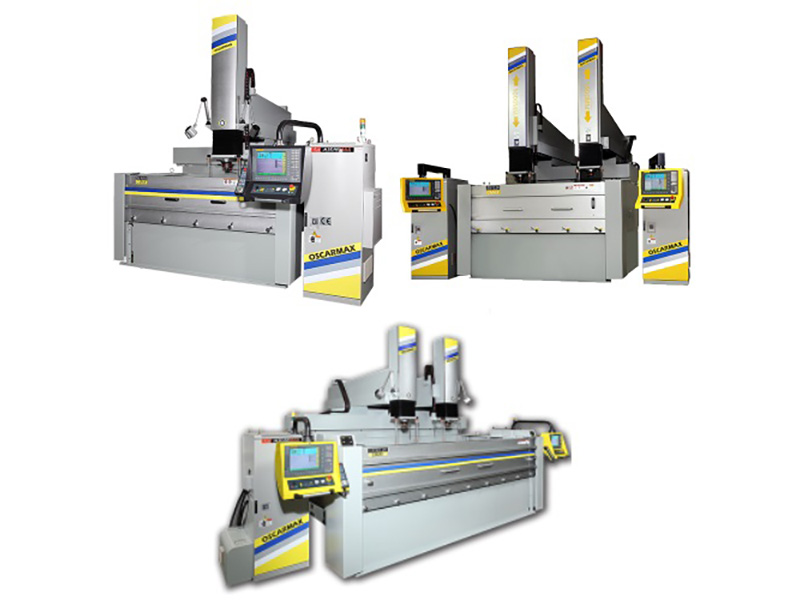
Sinker EDM machining utilizes electrically charged and tuned electrodes to burn electrode geometry into metal components. Sinker Electrical Discharge Machining is a procedure that is often used in the mold and die industry. It operates by submerging two metal pieces in an insulating liquid and connecting them to a current source, which is subsequently turned on and off automatically in accordance with the controller's specifications. When the current is turned on, electric tension is produced between the components.
When two pieces of metal are brought close, they heat up to the point of melting; when the electrical tension is released, a spark leaps across. Numerous spark sprays progressively mold the metal into the appropriate shape based on the electrode geometry. Sinker EDM is ideal for companies seeking to decrease machining hazards while maintaining precision and dependability. One of the process's primary advantages is its ability to make more complicated forms without putting the material under stress. Because it does not cut all the way through the material until required, it is a procedure that is applicable to a broader range of applications, including thin walls, blind cavities, and cross sections. The high-performance technique is ideal for injection molds and stamping dies, and may also be utilized to create a mirror surface.
How are mirror surfaces created?
Mirrors are flat, reflective surfaces with a dark backdrop that reflect light well. Polished metal reflects incredibly well, which is something that the Sinker EDM can do. Glass is a typical raw material in the manufacture of mirrors, but due to its weak reflectivity, it requires a metal coating on its surface to produce an even surface with an amazing reflection. Plastic substrates perform similarly to glass and are often used to create mirror surfaces for children's toys. Injection molding is the process through which desired shapes, whether round or flat, transparent or opaque, are created. In most cases, the base materials must be coated in order to create a mirror, which is where the sinker EDM comes in help.
To begin, the blank material's outline is customized for the application. The ultimate form sought dictates the manner of cutting. The cutting occurs prior to the metal coating process.
Blanks are then loaded into optical grinding machines, where the gritty liquid used to grind the blanks is dispersed throughout them as they brush against curved surfaces.
After polishing the surface to a smooth finish, the surface is coated with the chosen reflective substance. The Sinker EDM is used to heat metals to the point where they evaporate and deposit on the surface. Precision is required to guarantee that the timing and temperature are precisely correct in order to produce the desired thickness and homogeneity.
Masks and metal stencils may be used to produce patterns on the surface, and dielectric coatings can also be used to build reflecting or protective layers over the metal ones. Before the mirror is installed on the base and packaged in shock-resistant containers, a number of evaporation procedures may be required.
